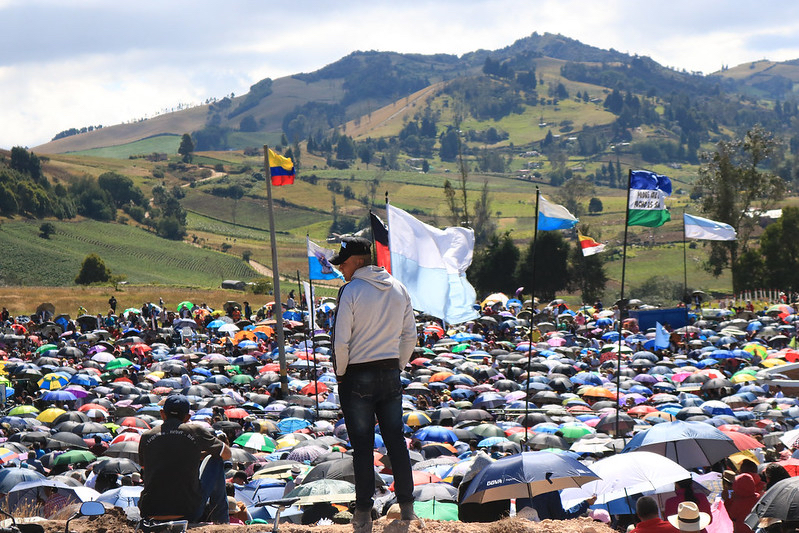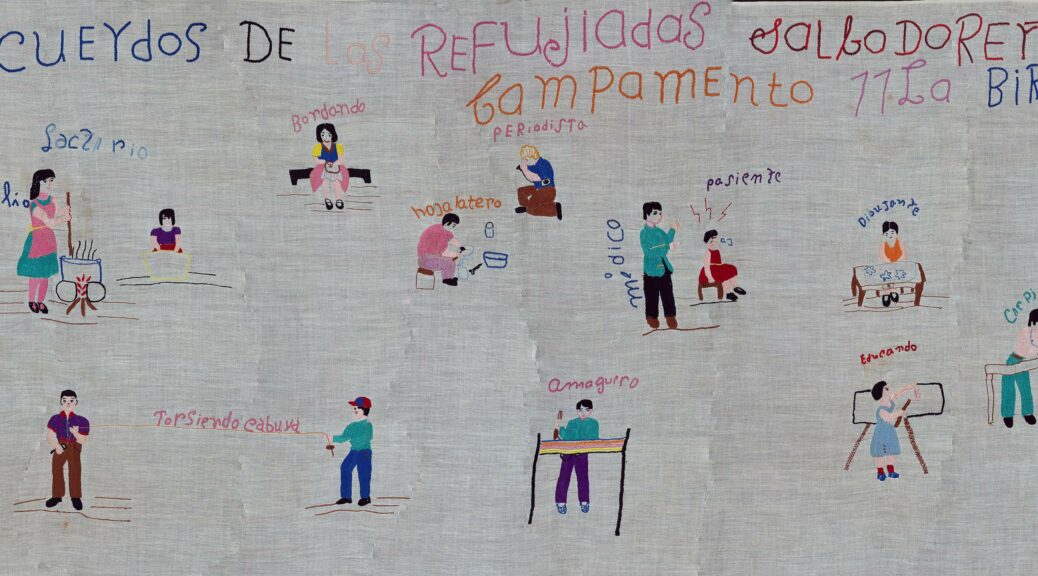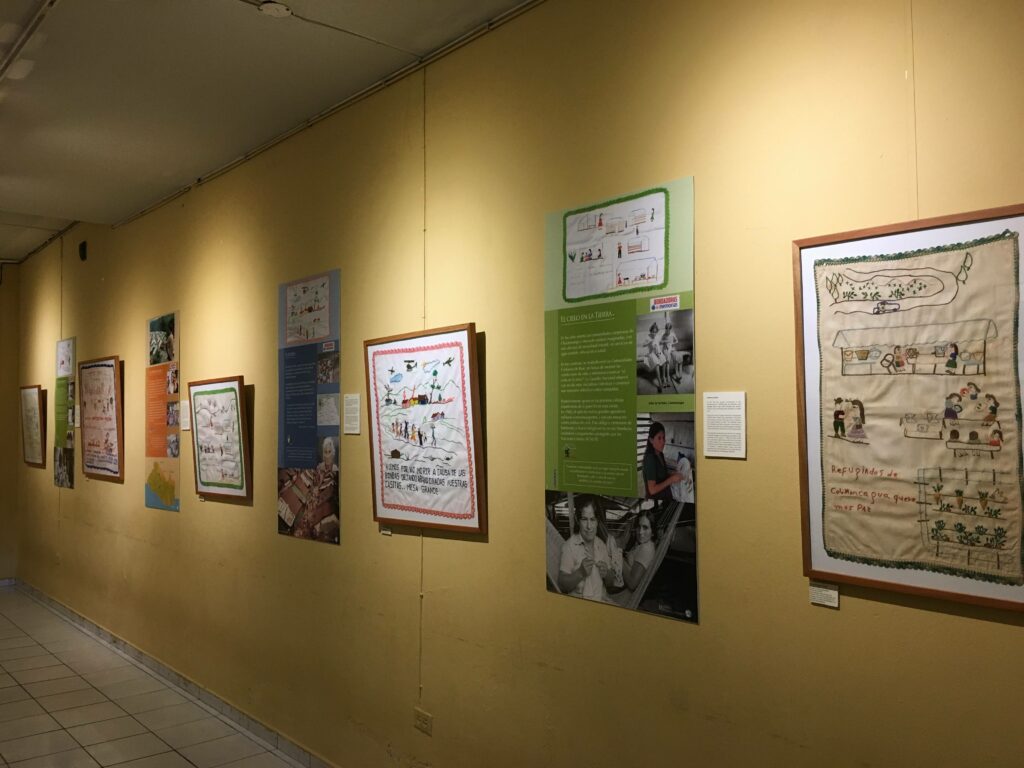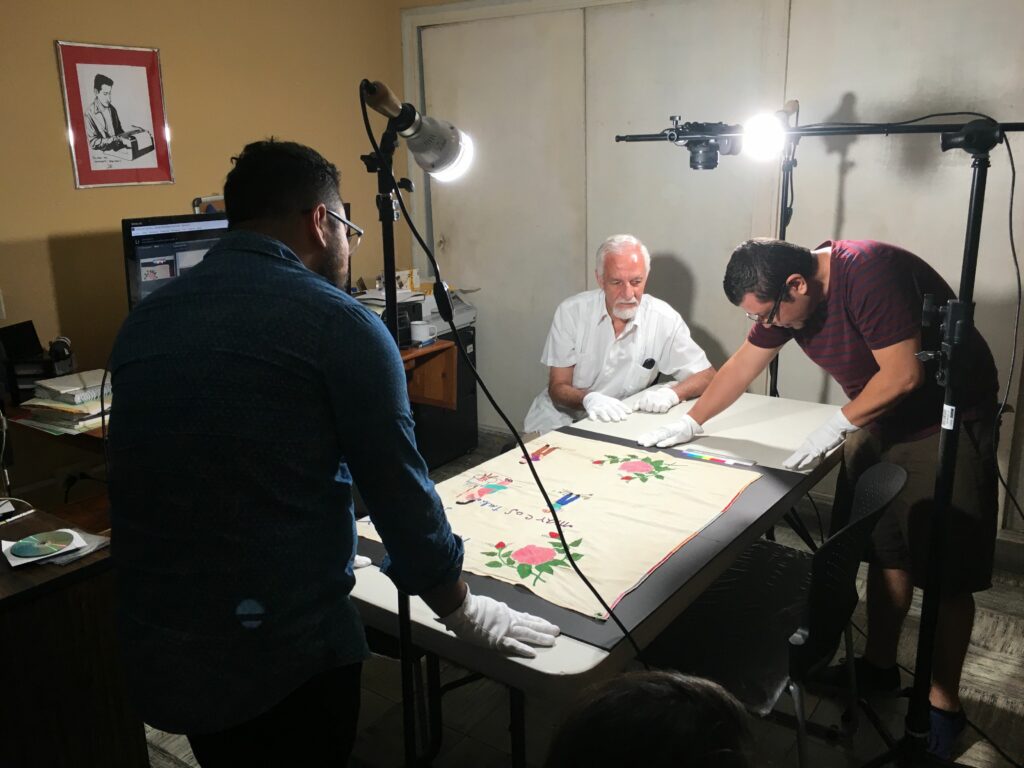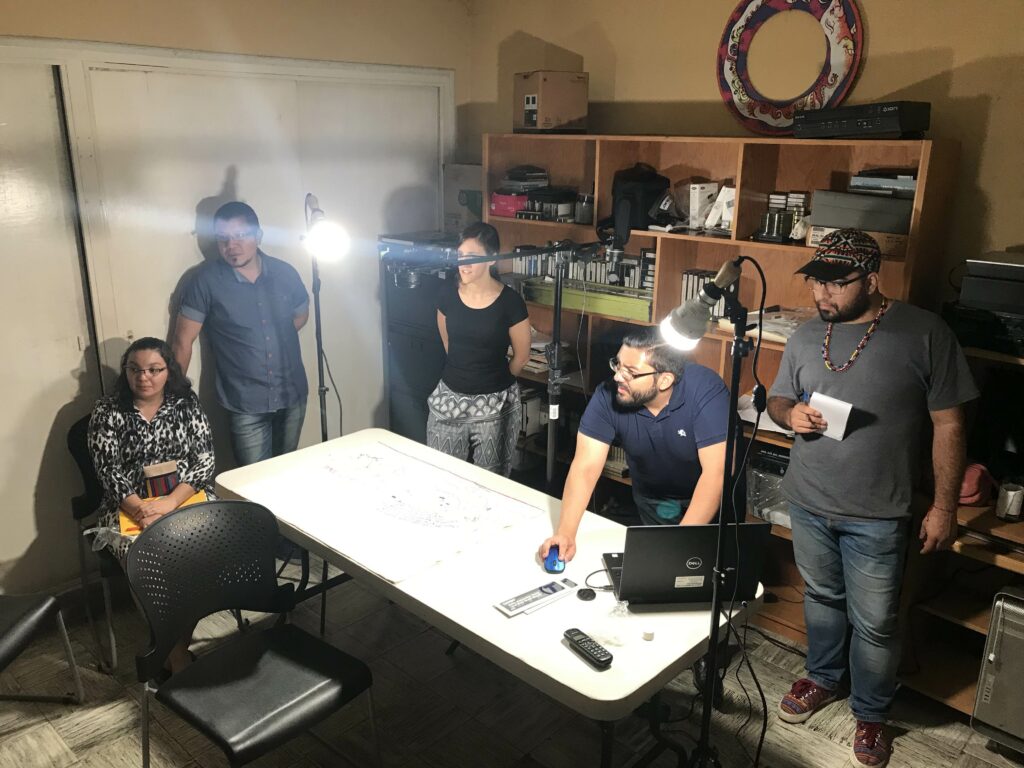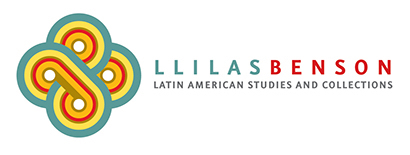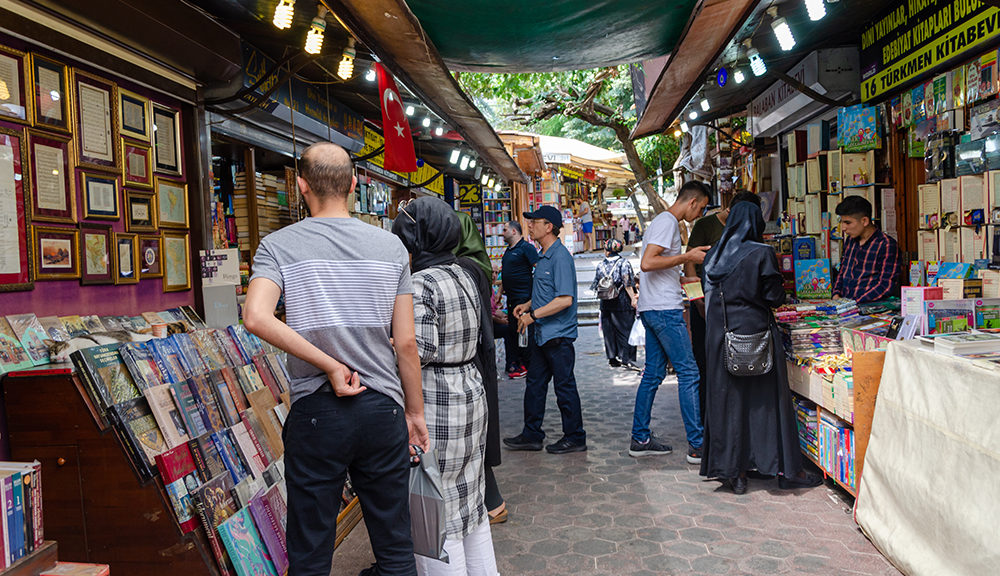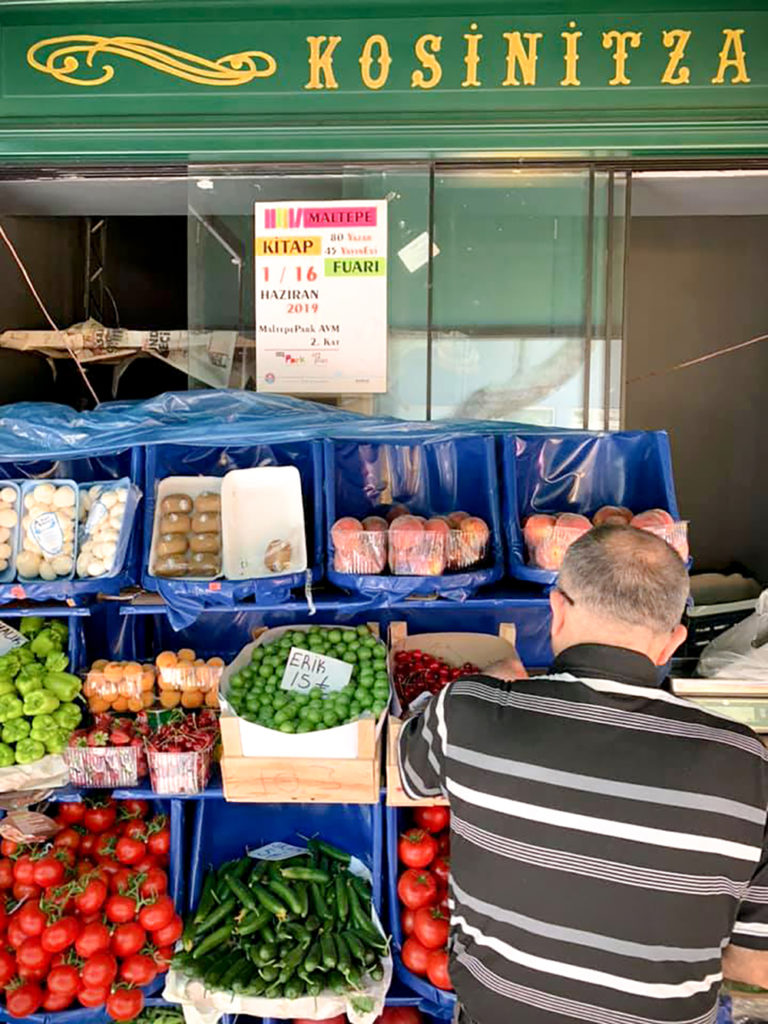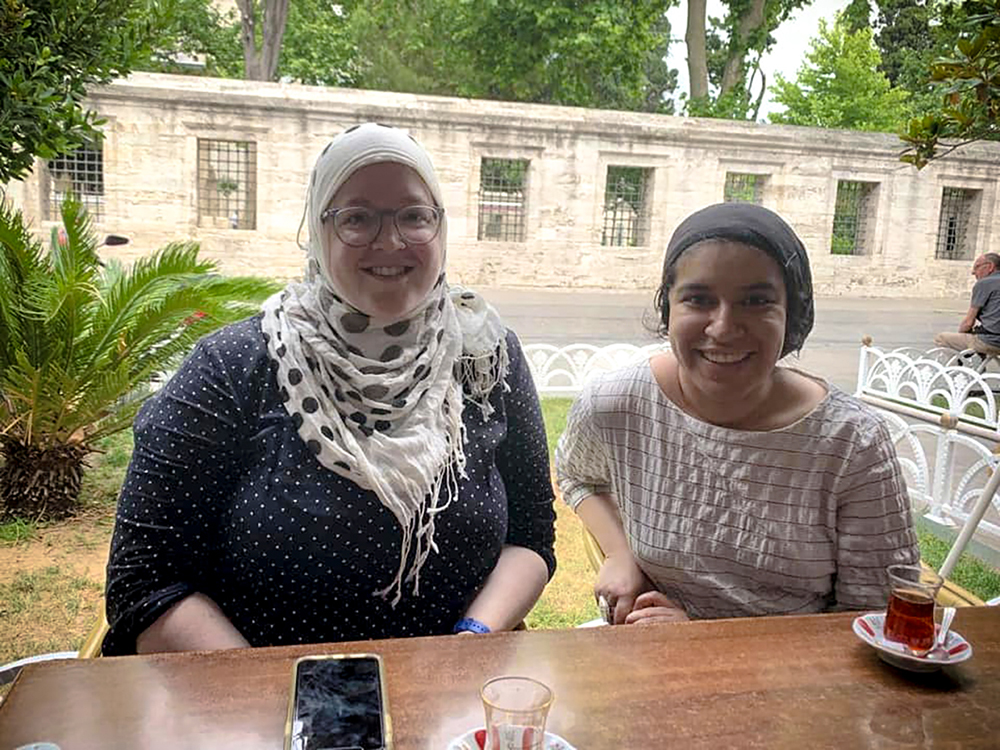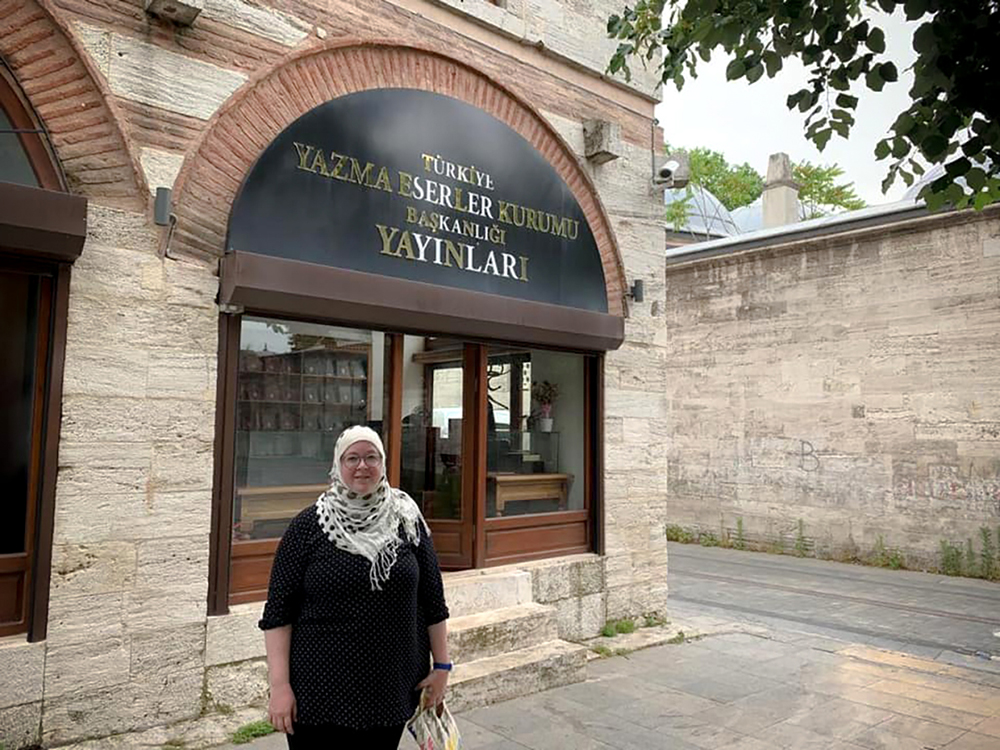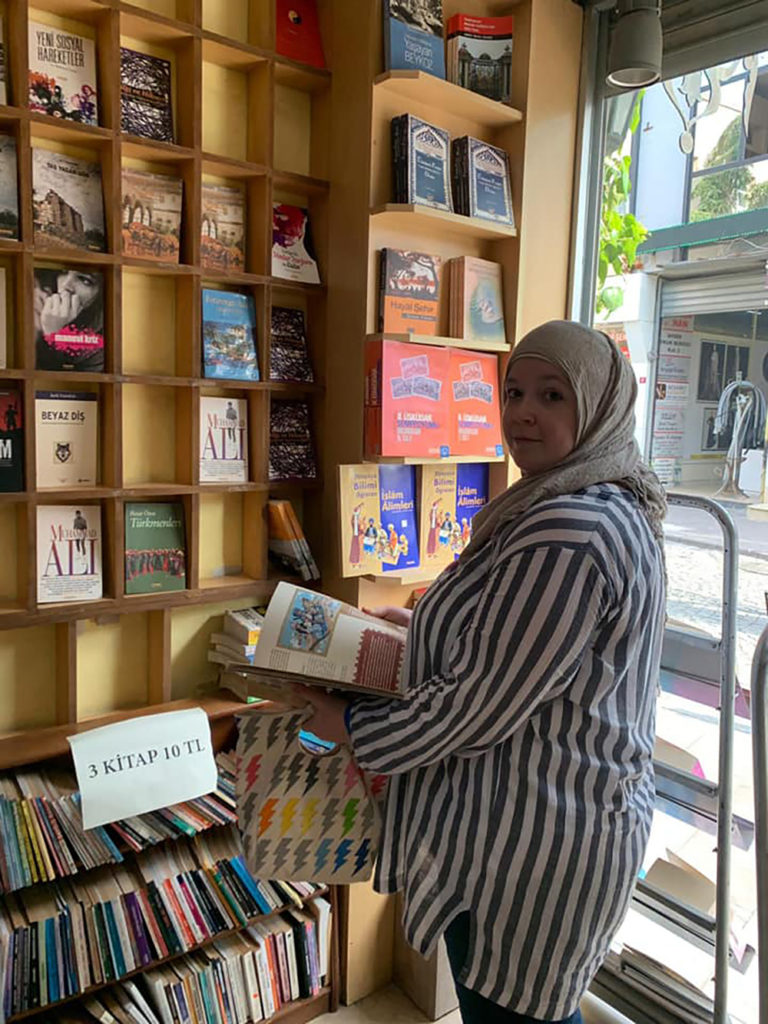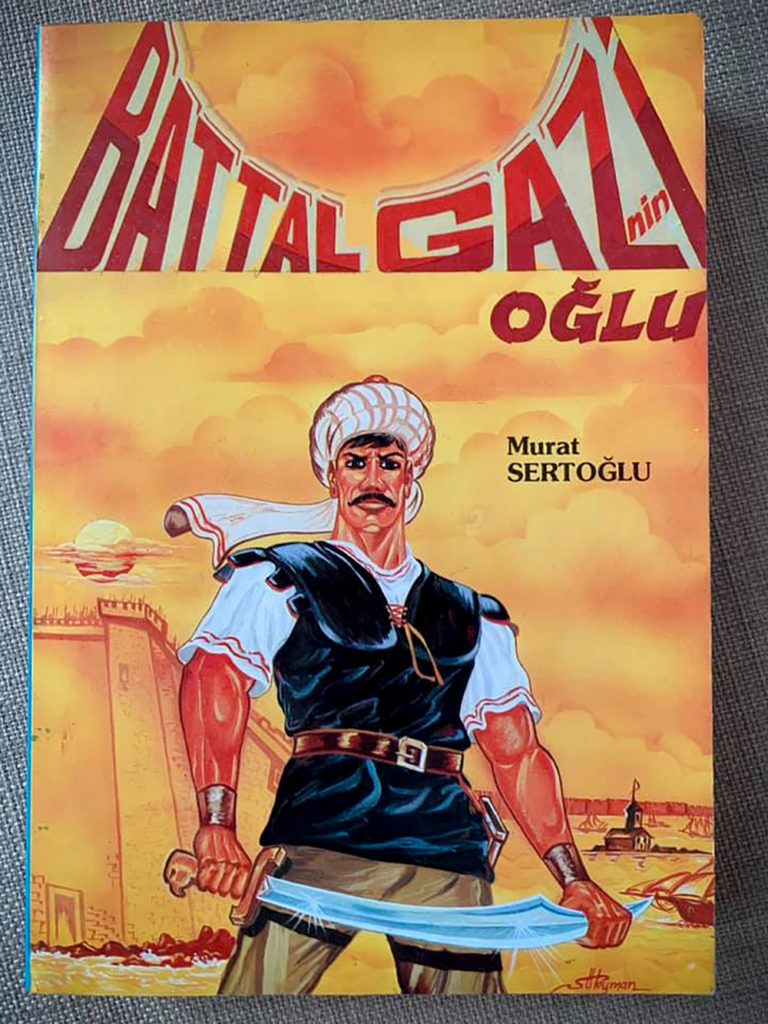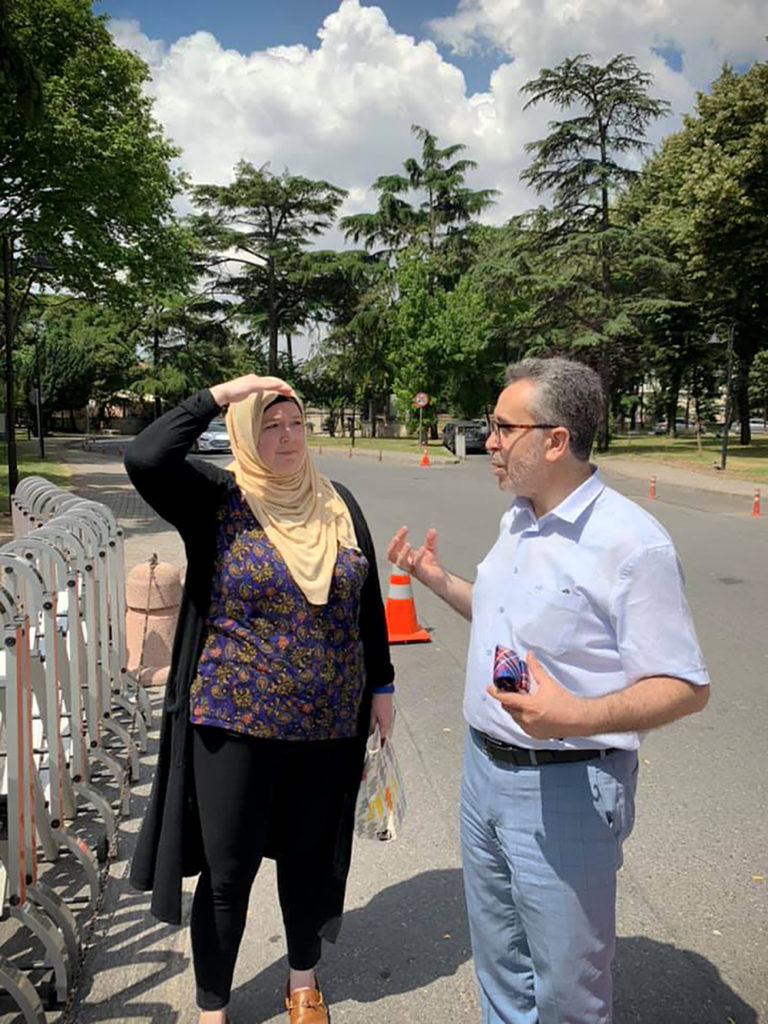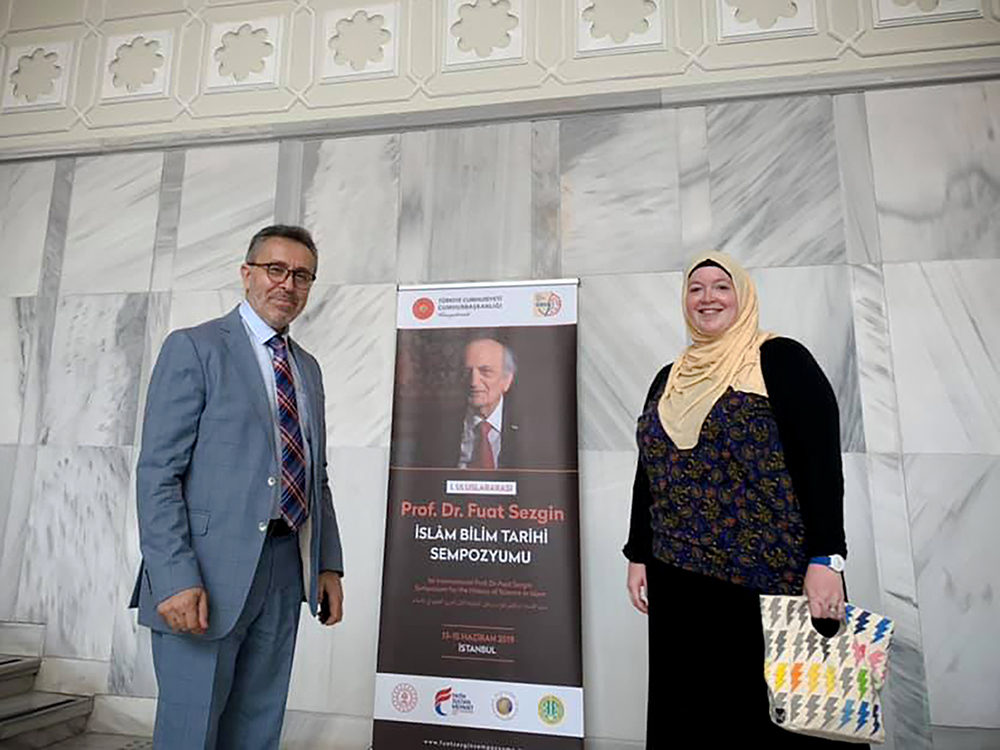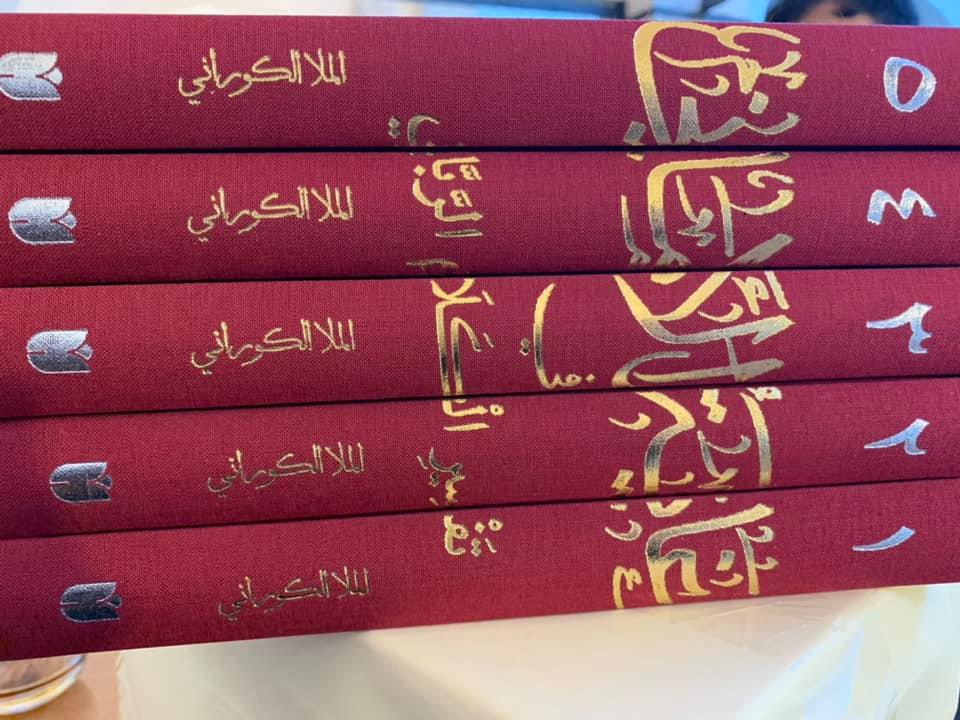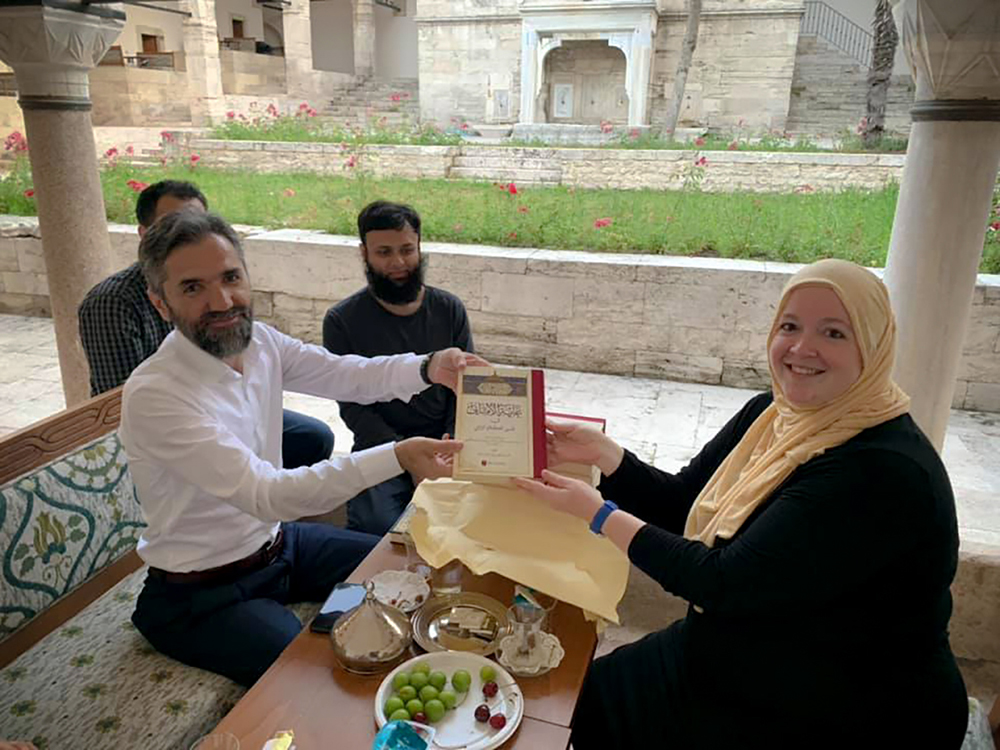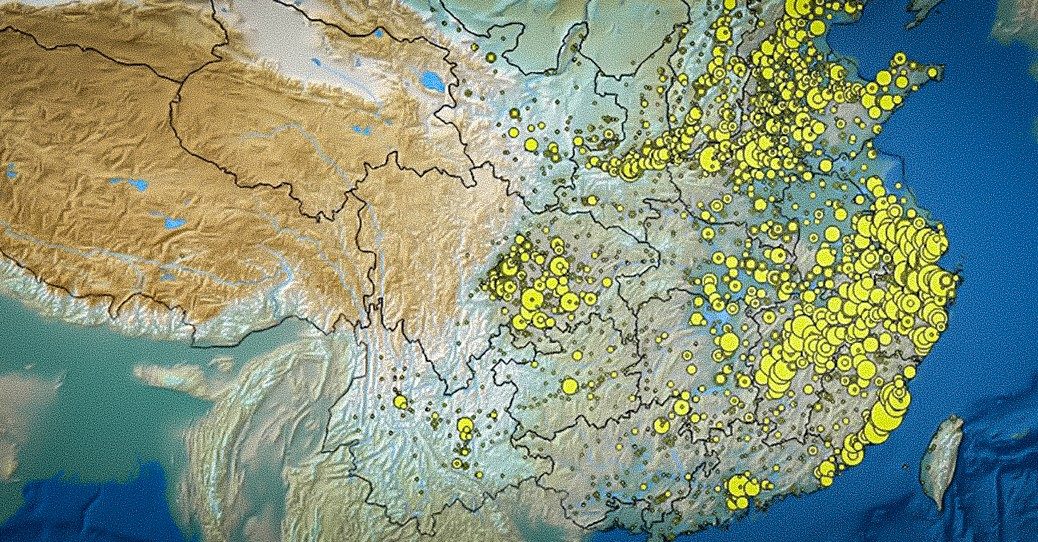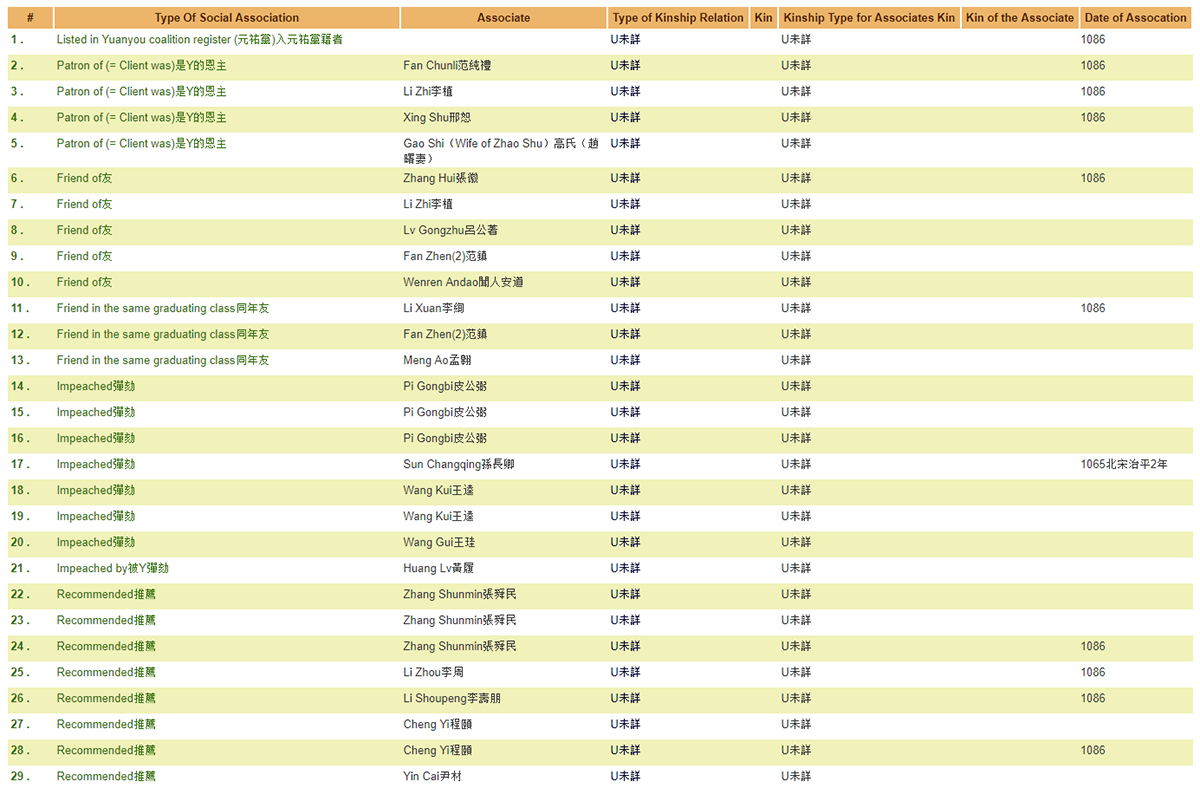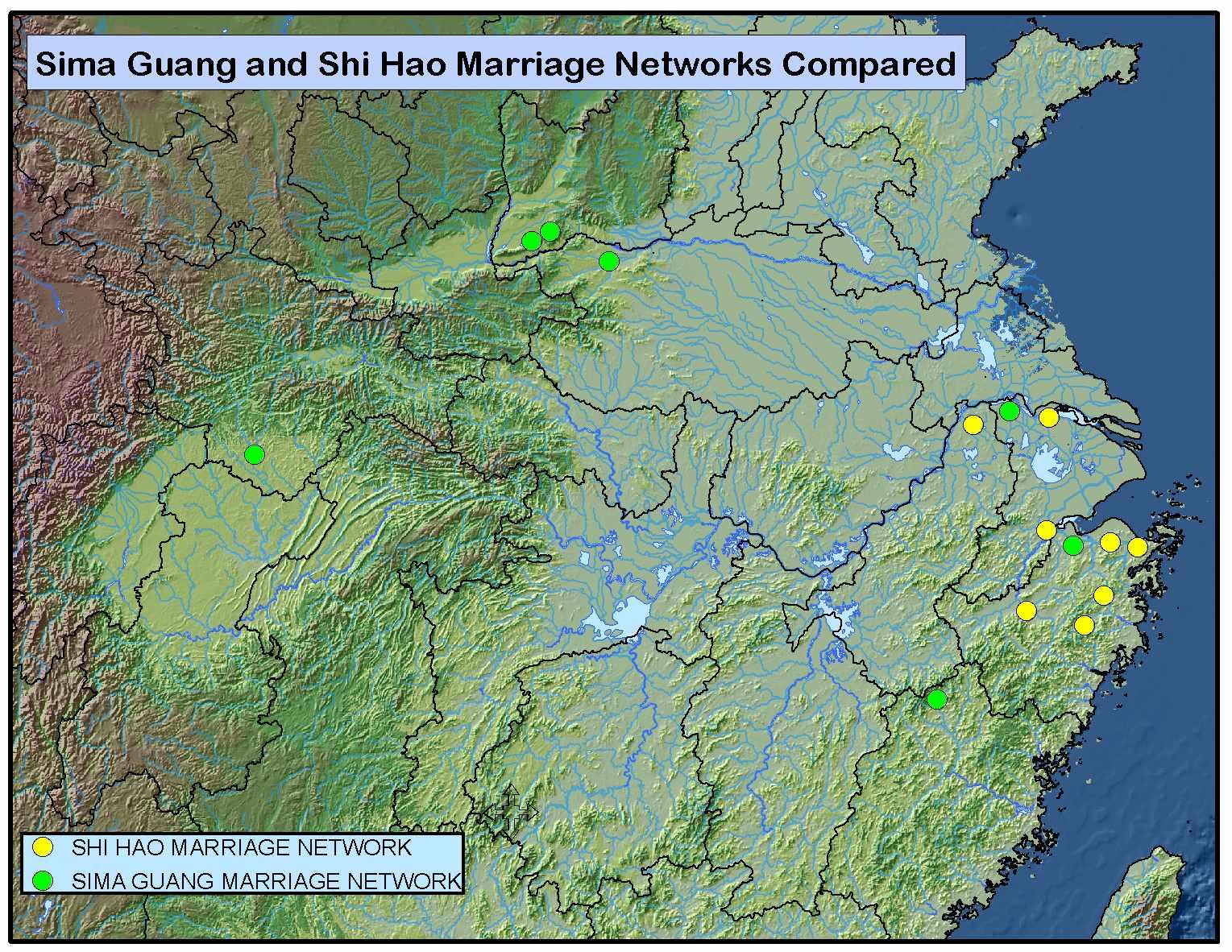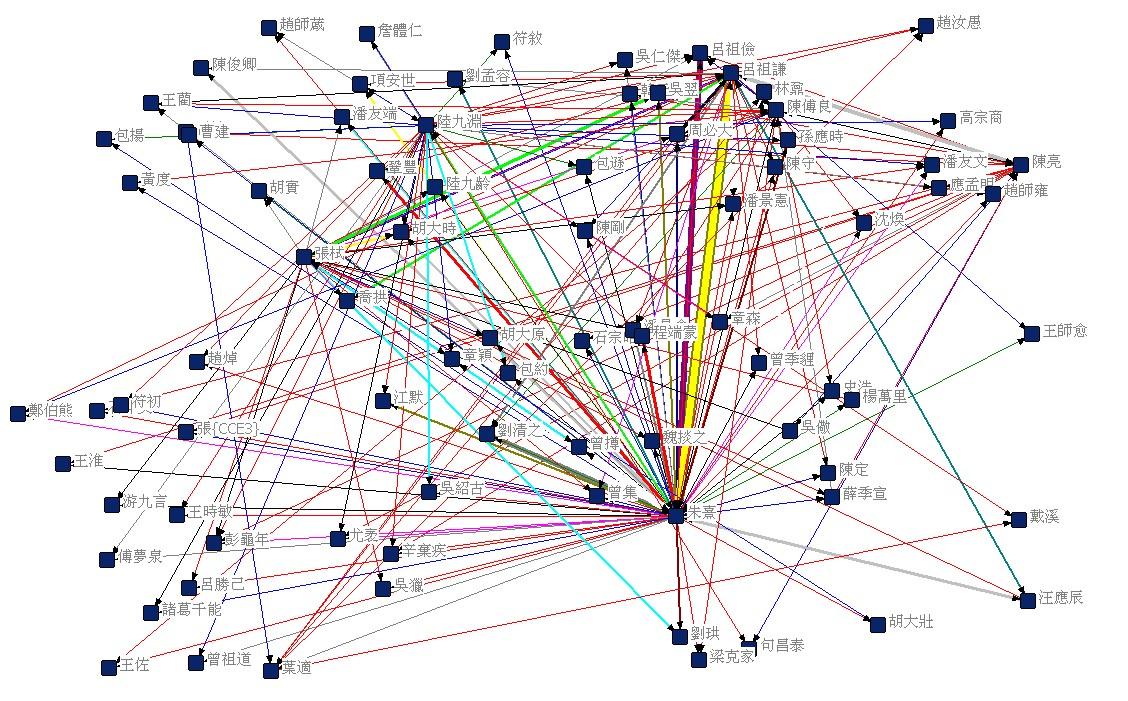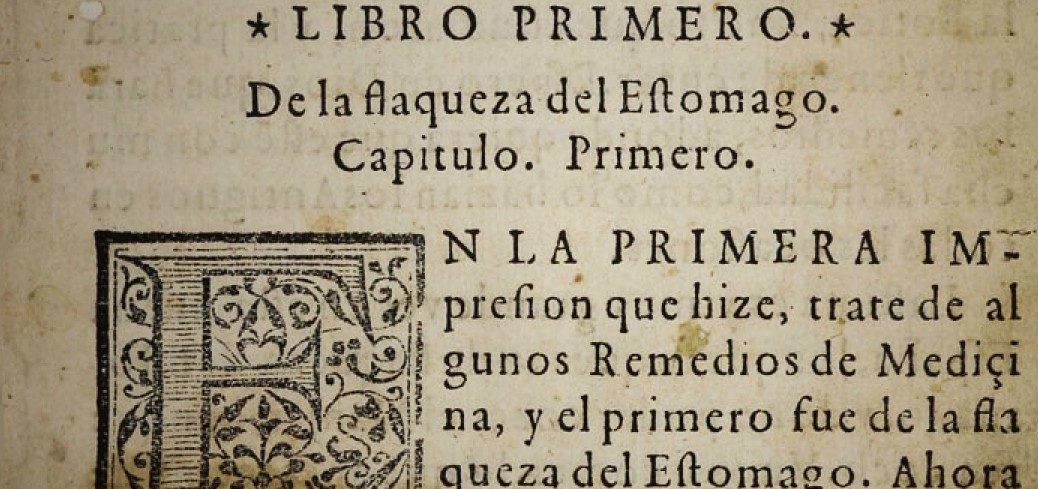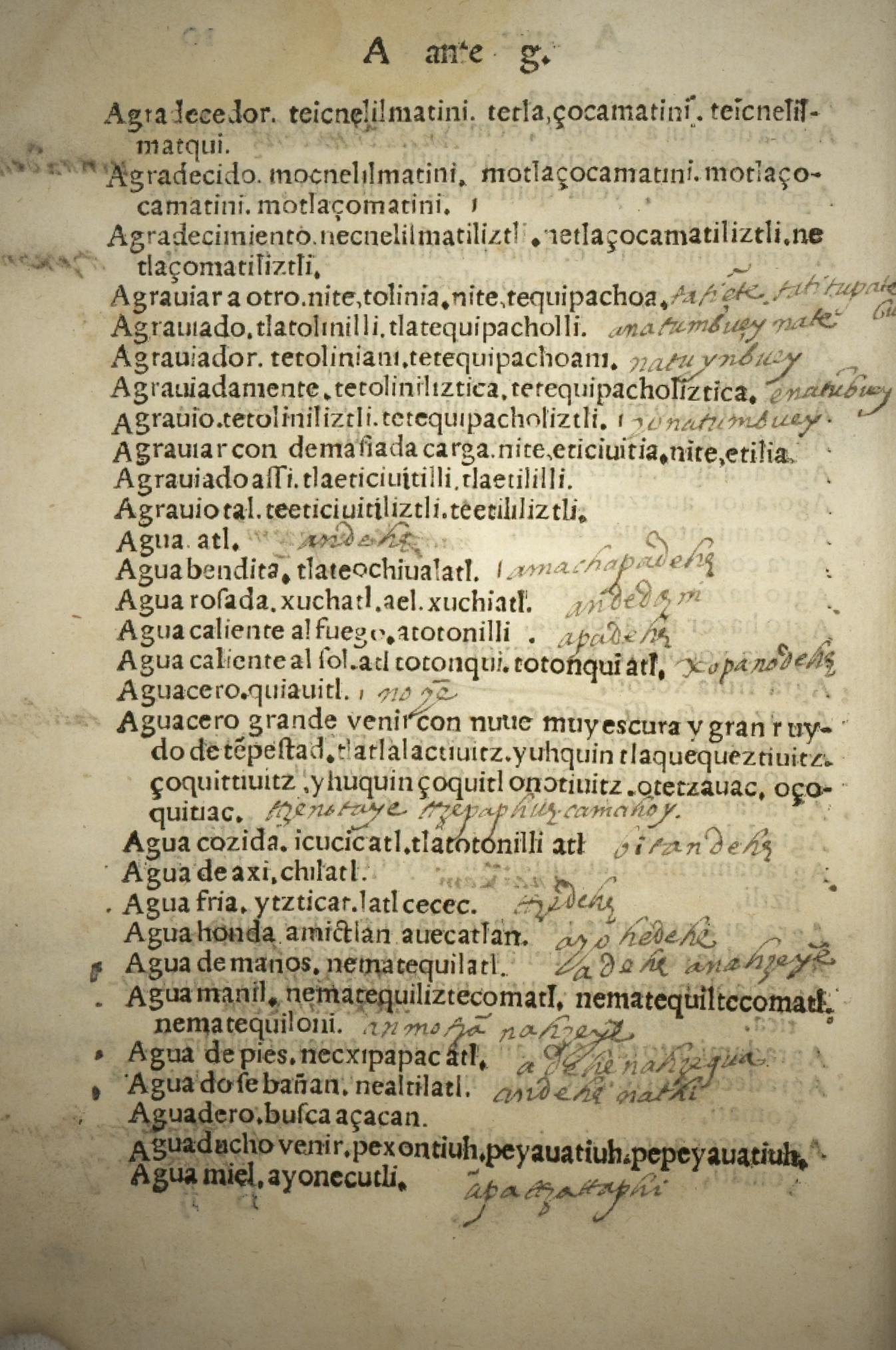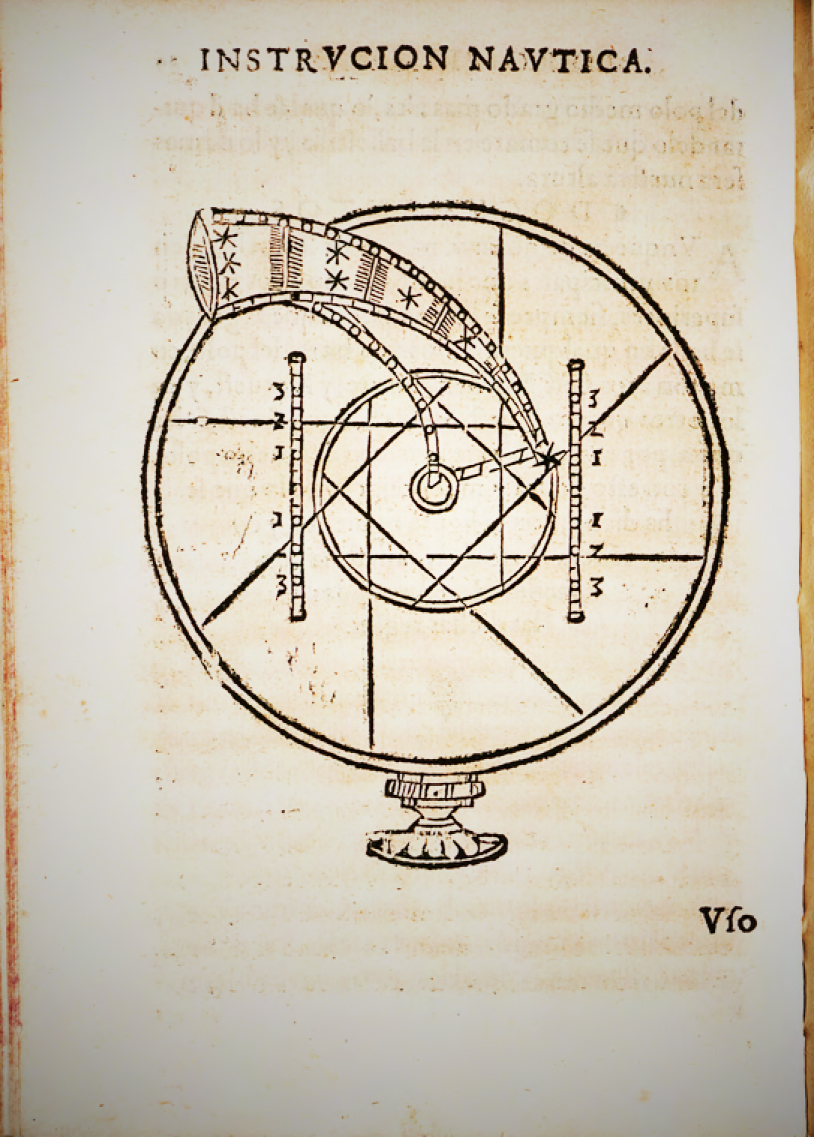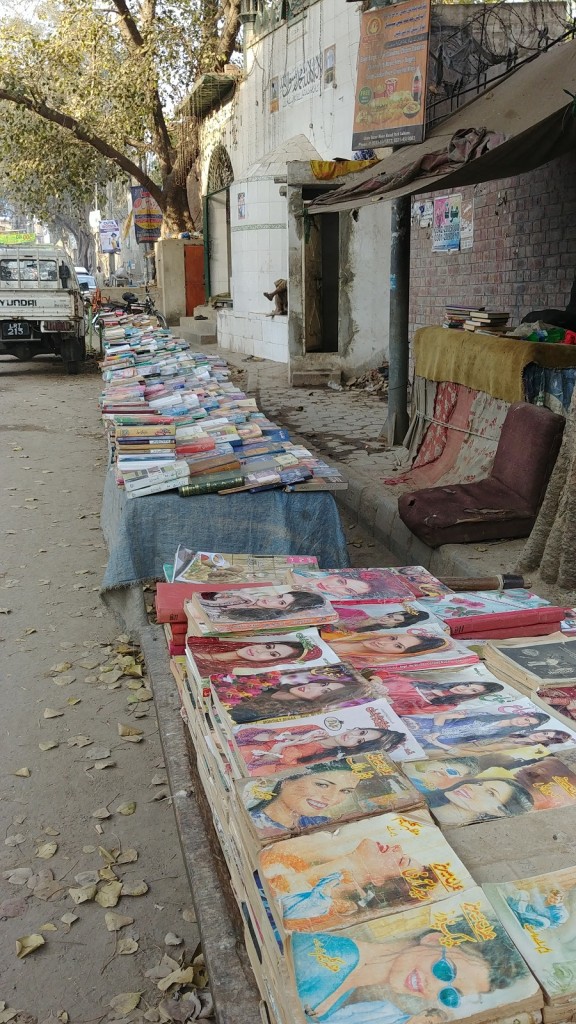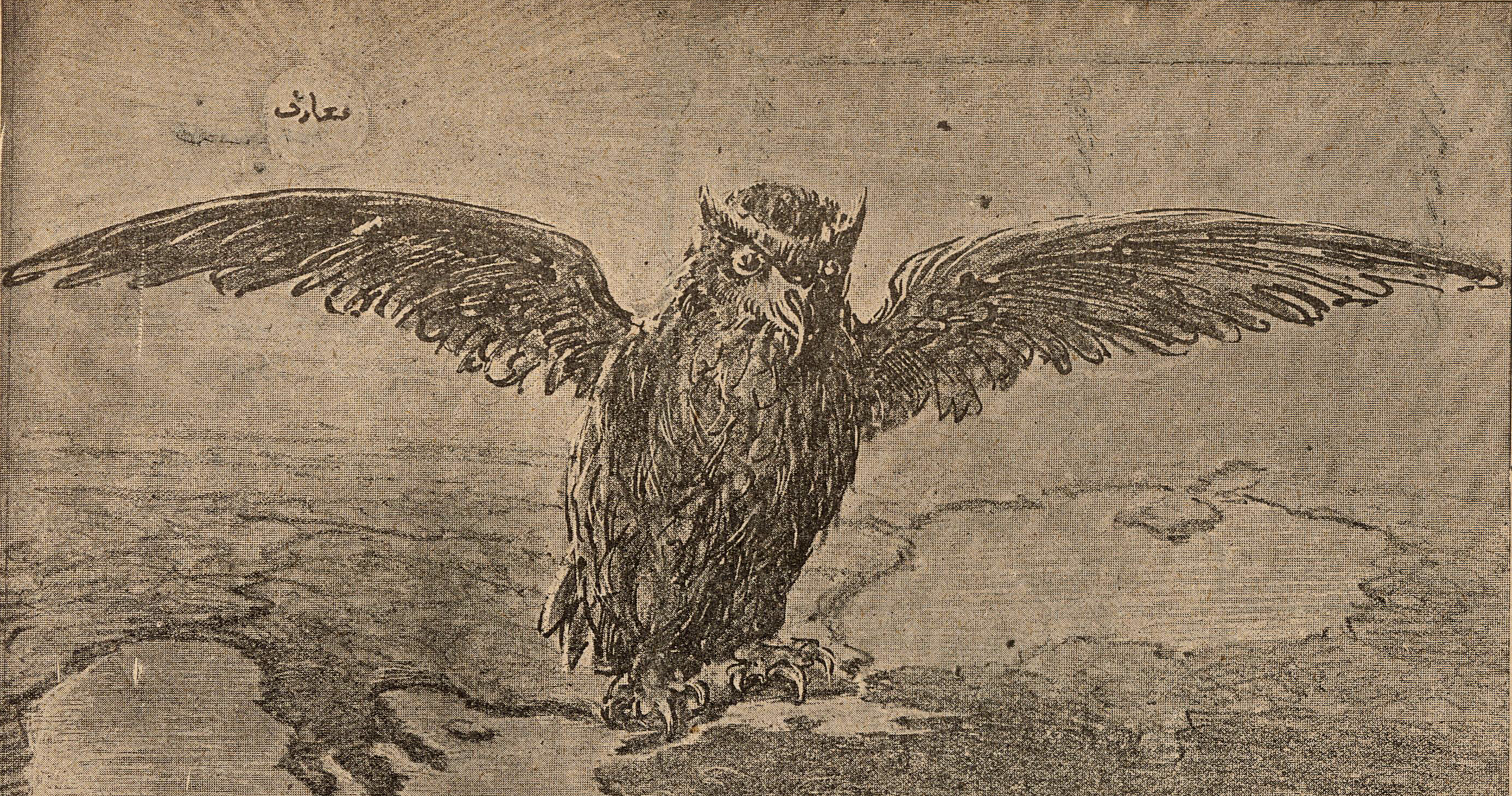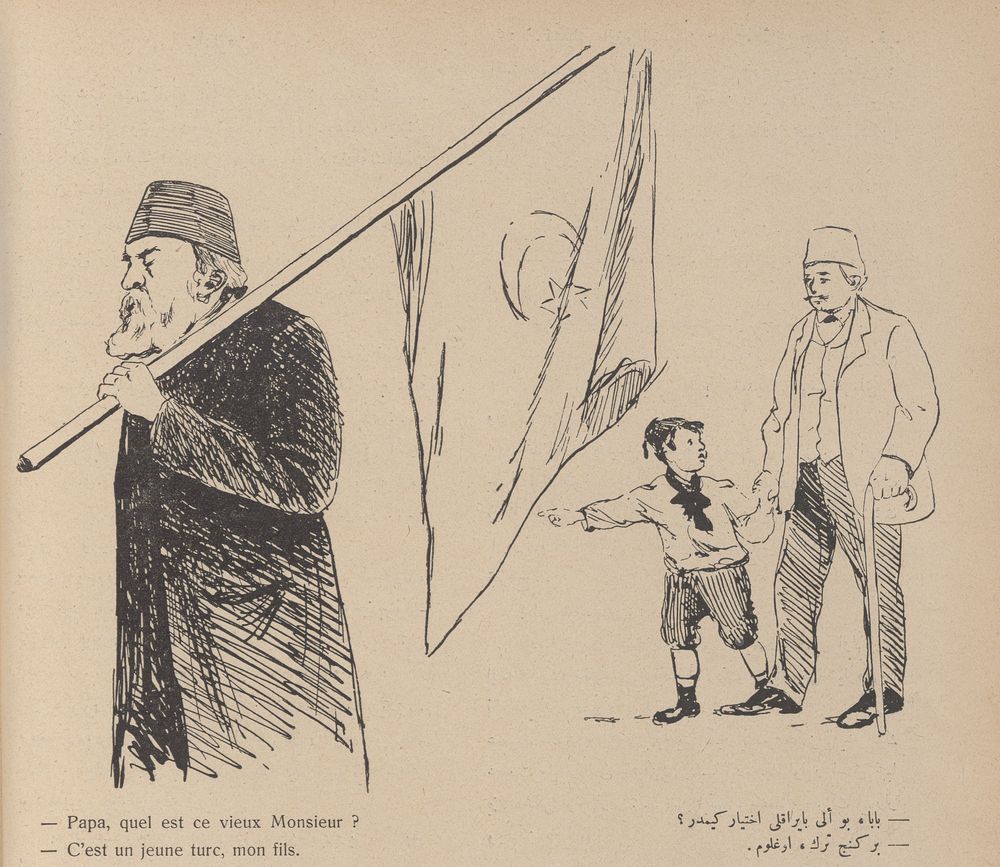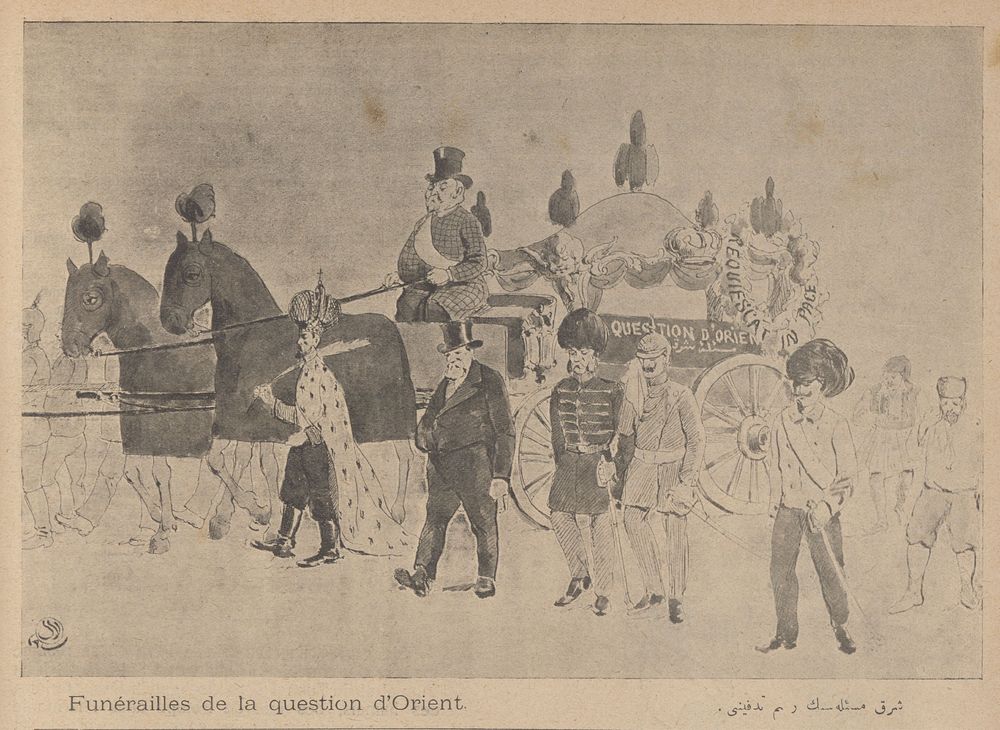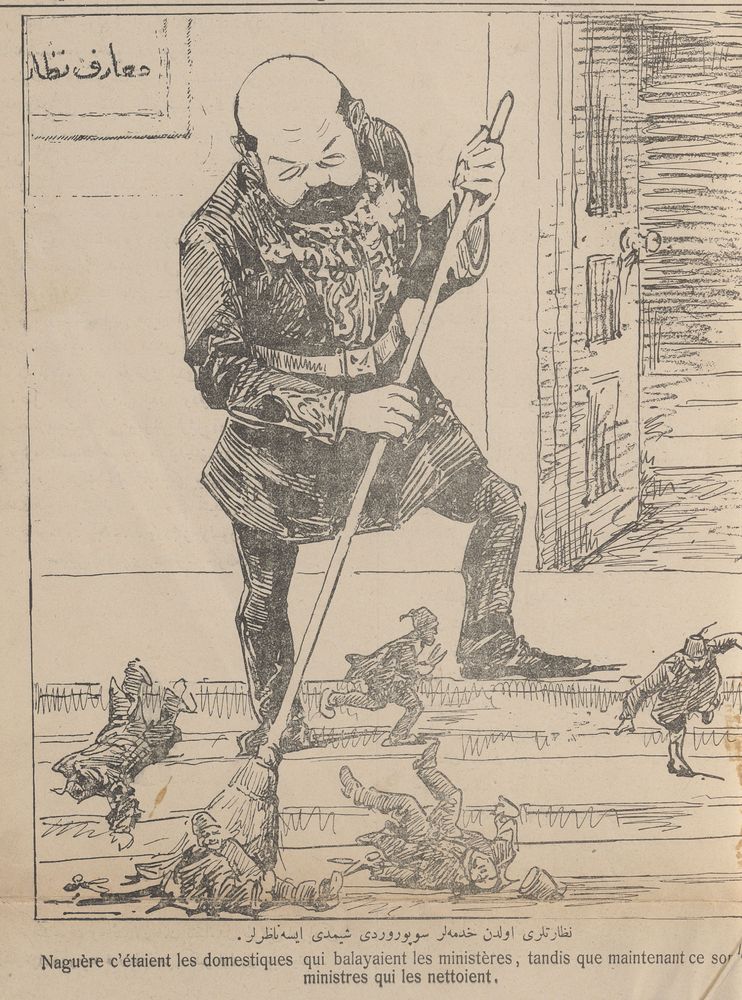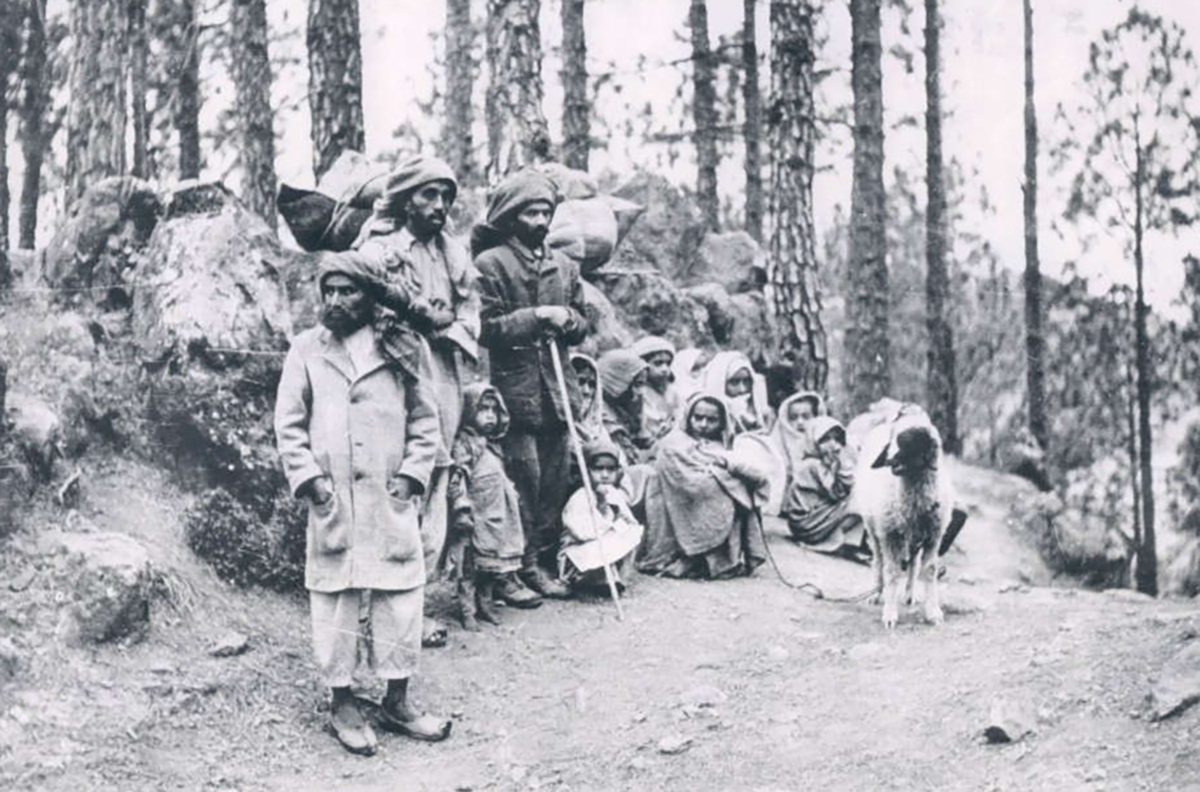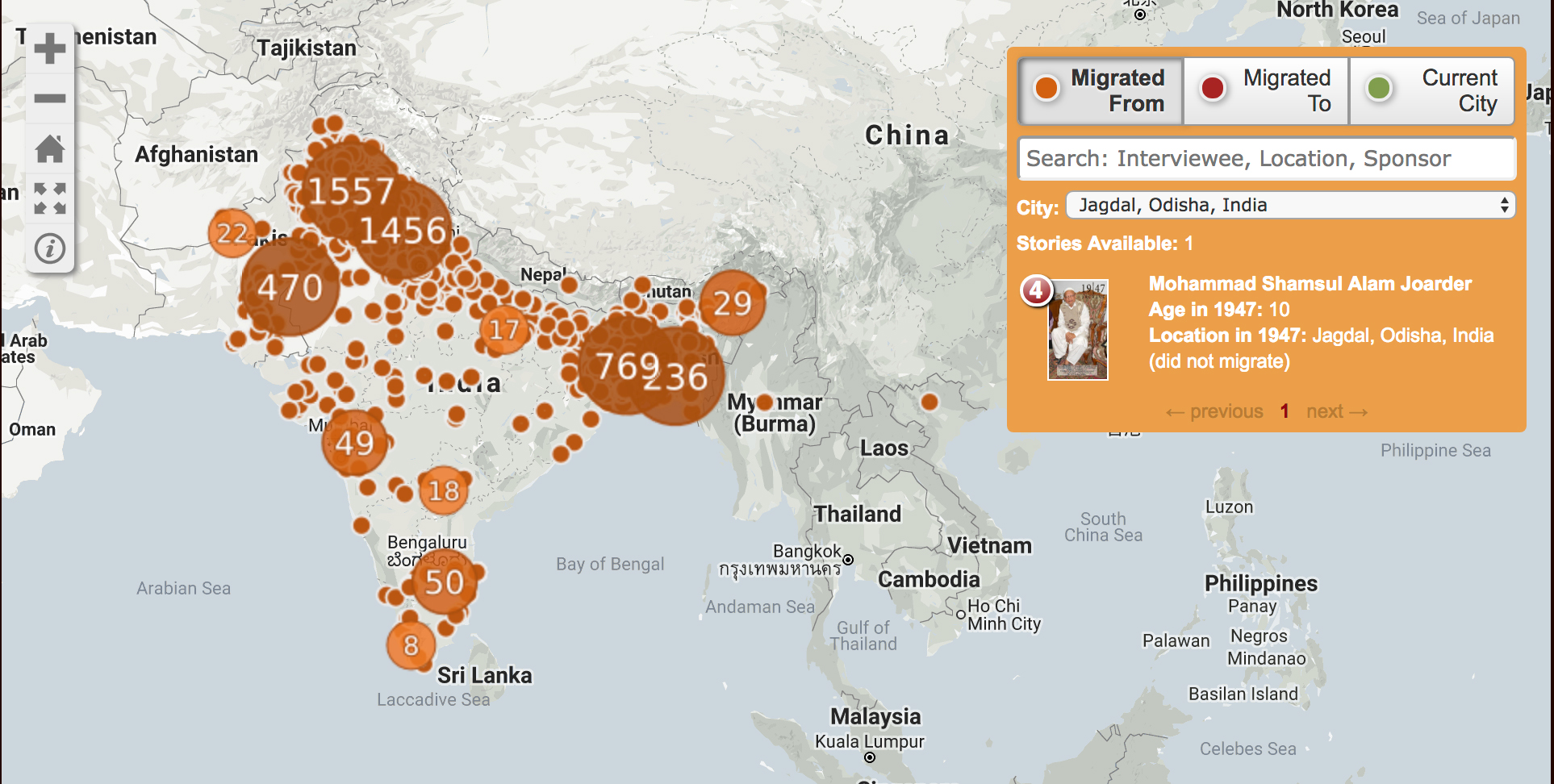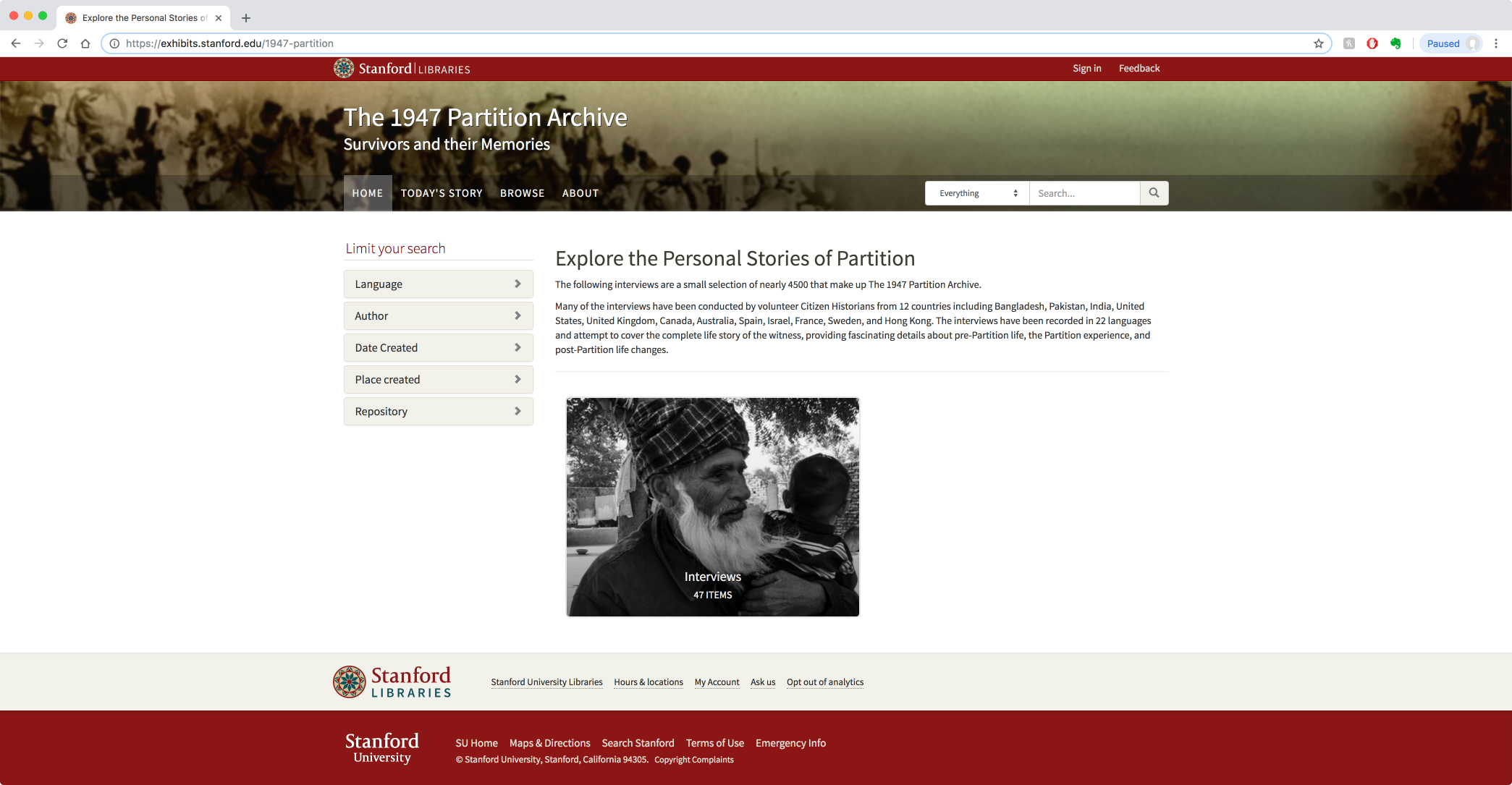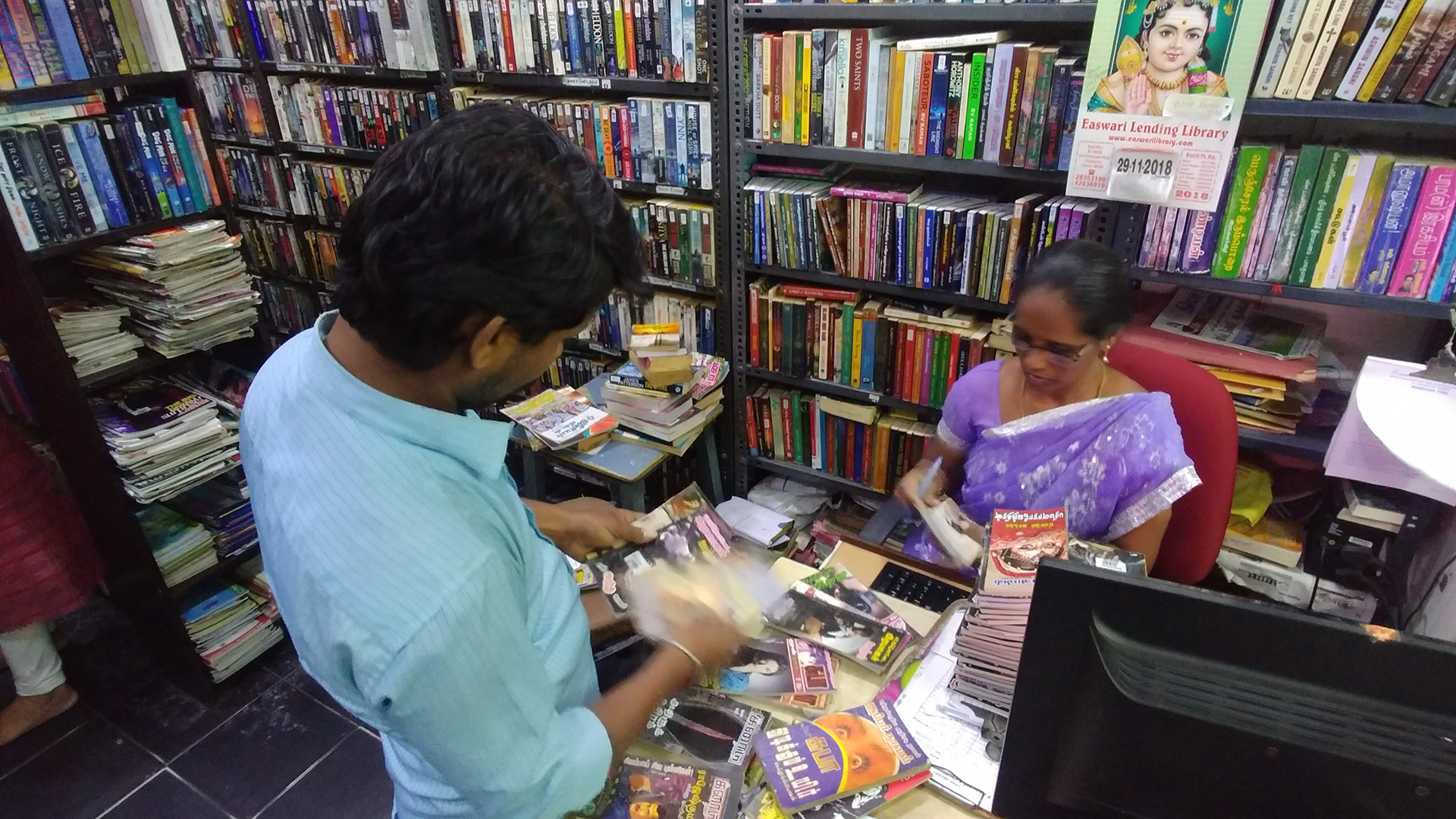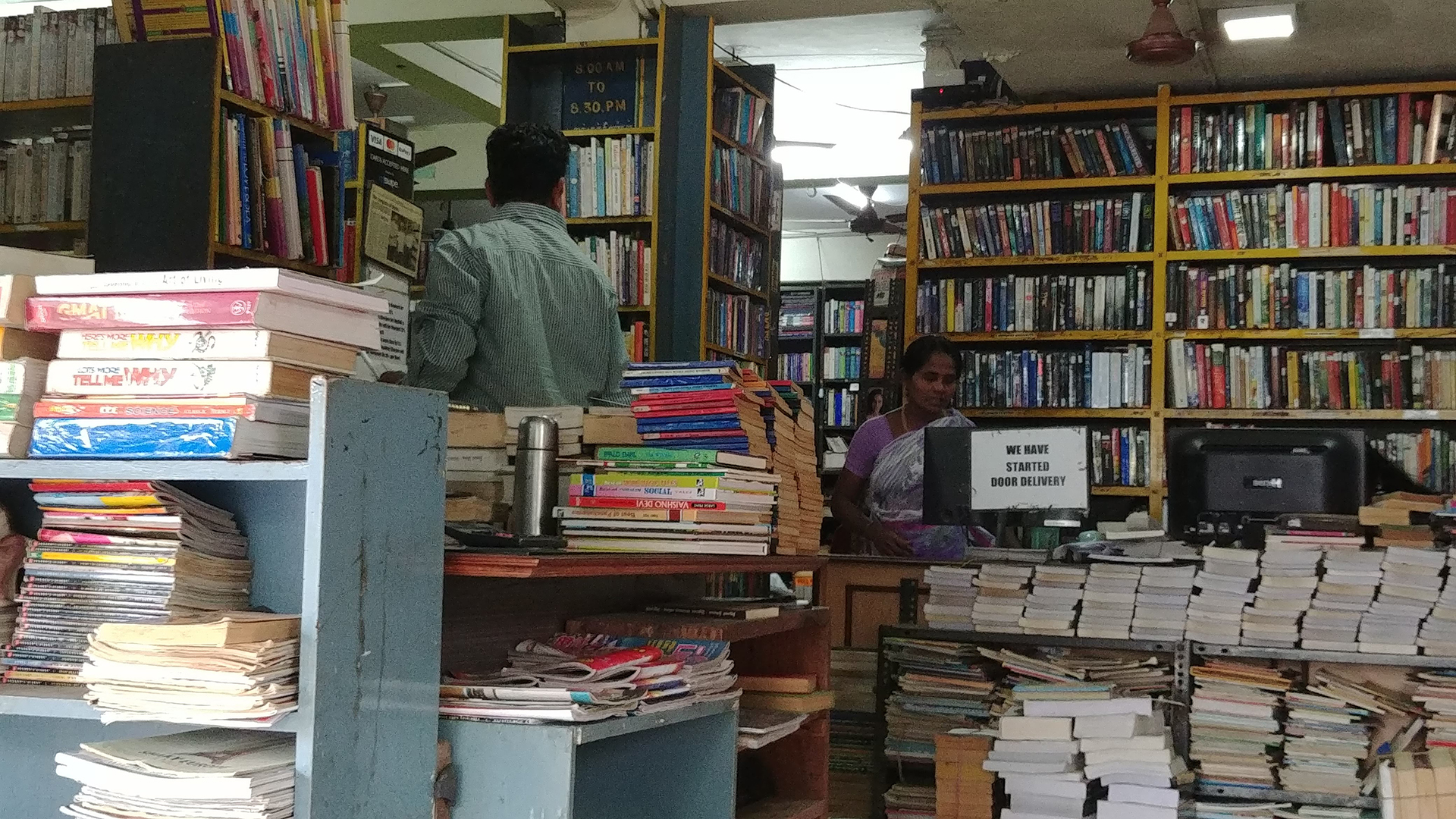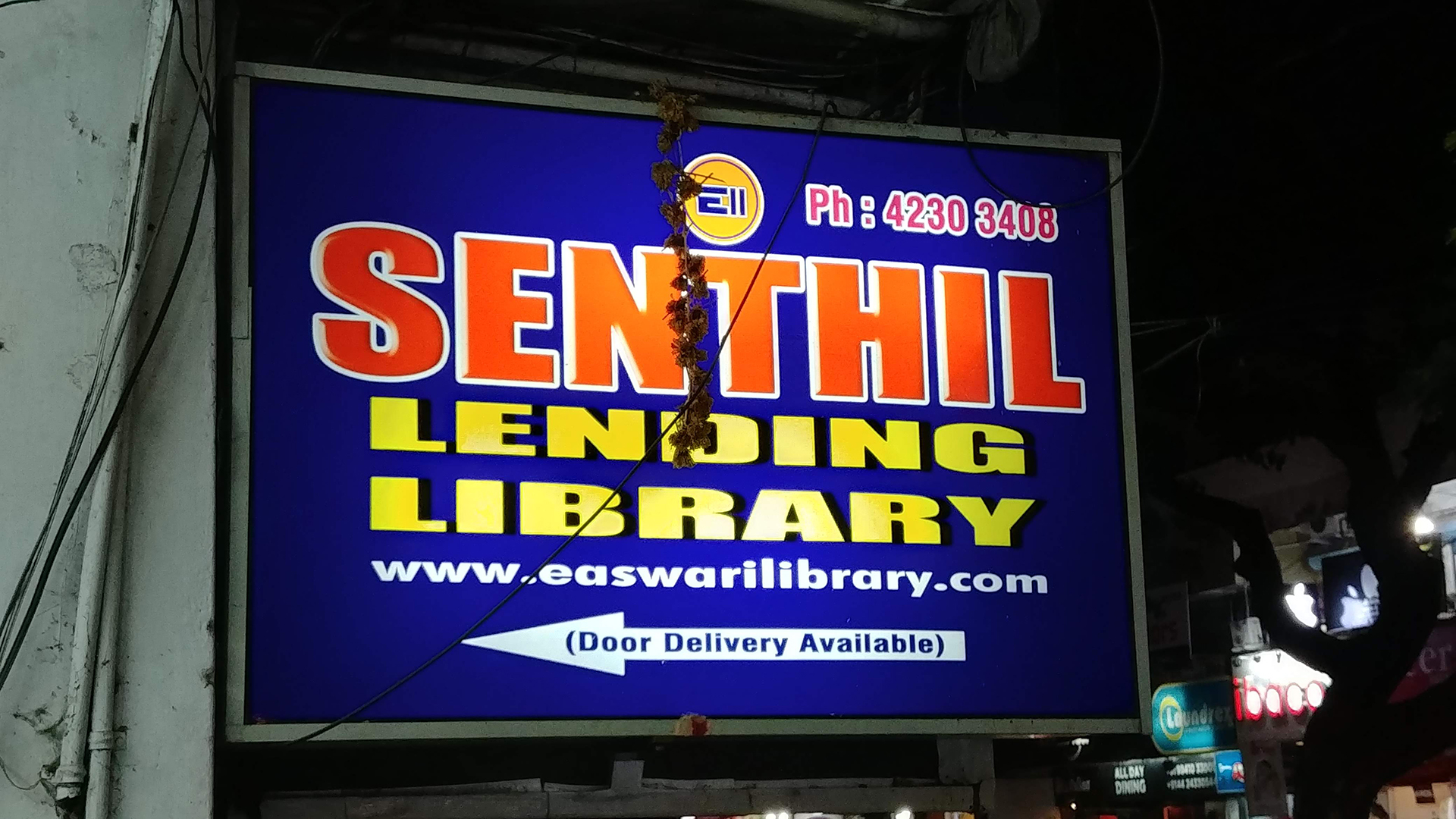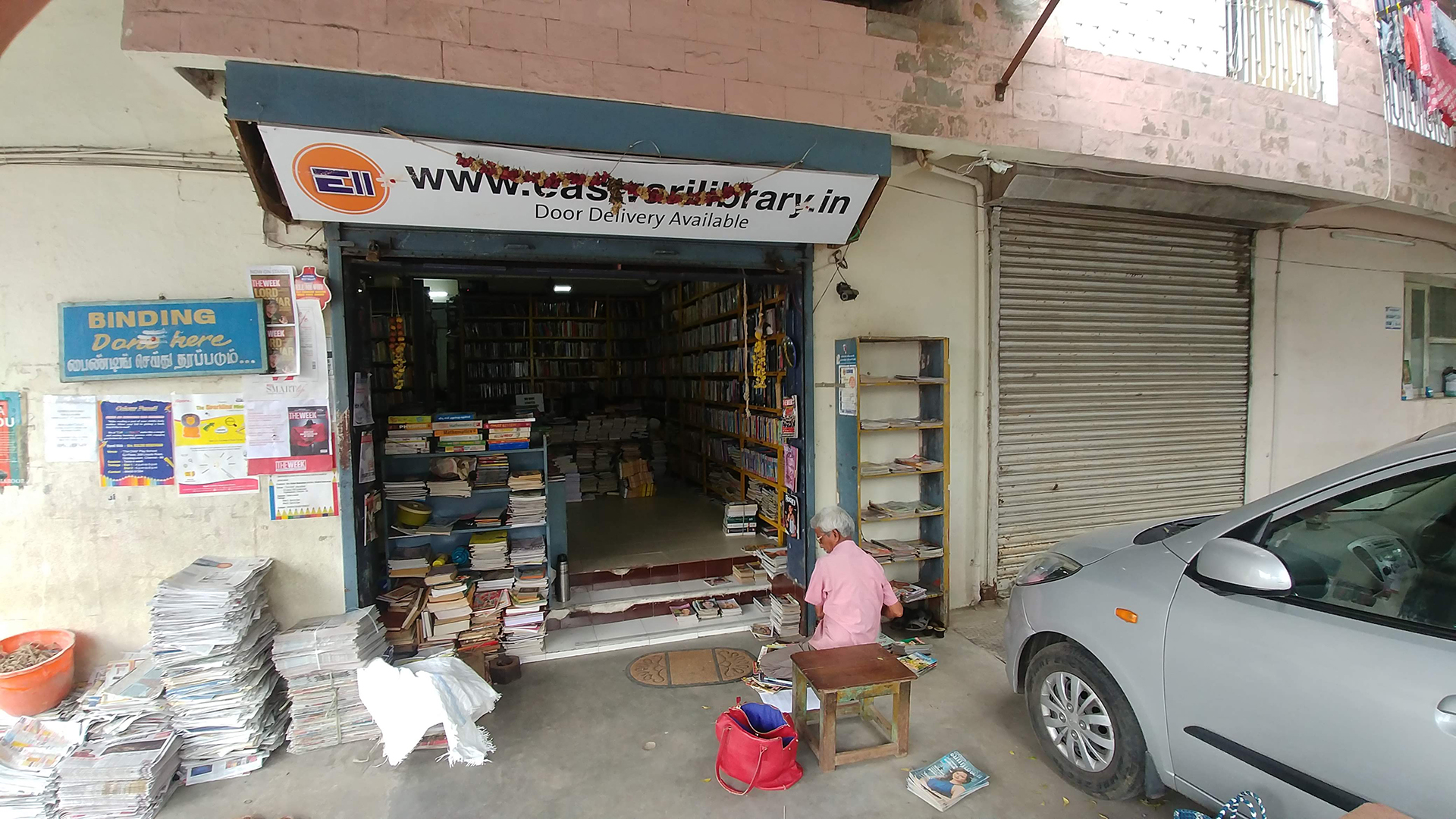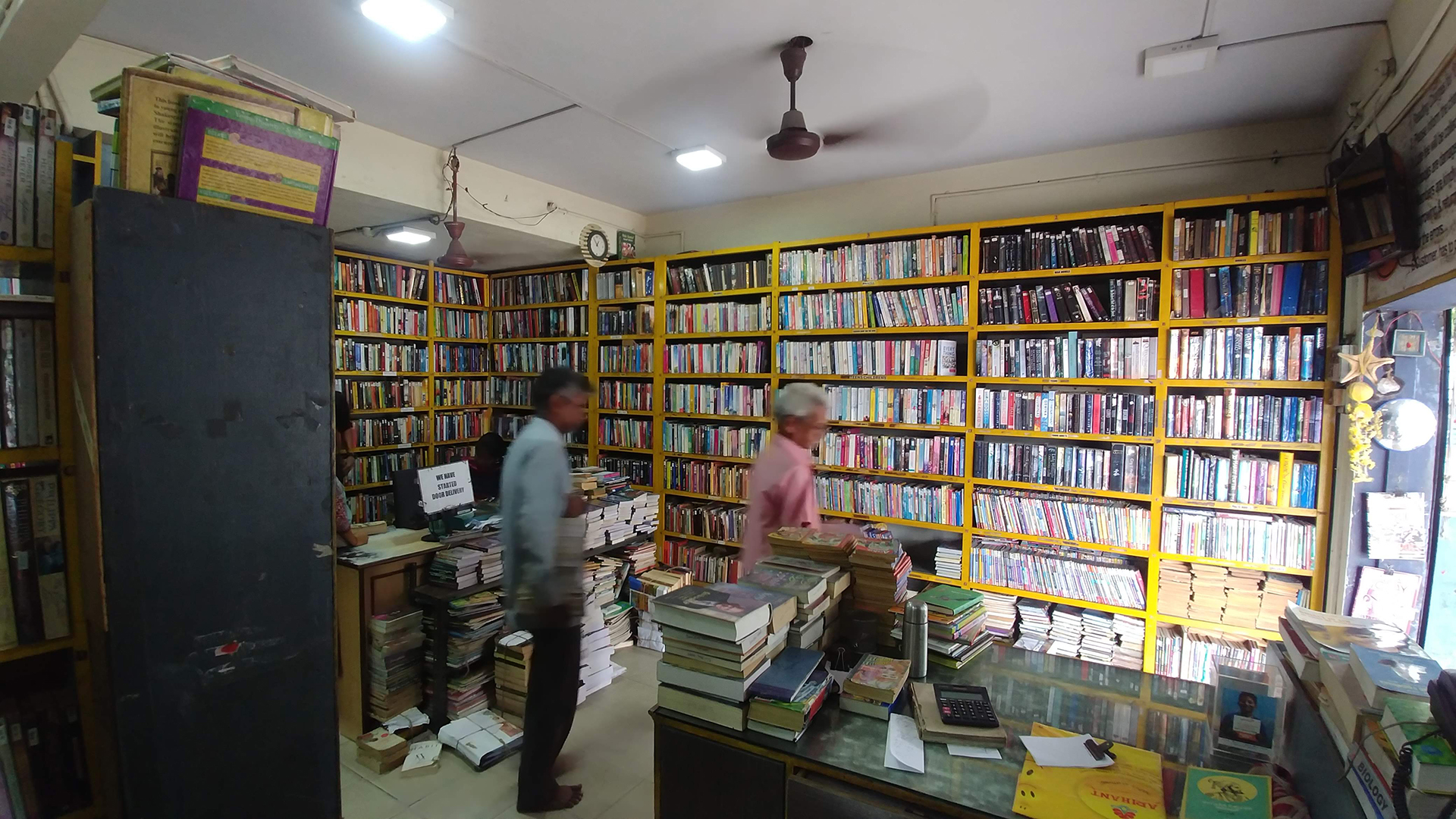Each fall, LLILAS Benson Latin American Studies and Collections invites graduate and undergraduate students from all departments and disciplines across the university to submit photographs to the Field Notes student photography exhibition. Thirty images are chosen for display in the Benson Latin American Collection. Through these images, student photographers document moments from their research on Latin America or US Latina/o communities.
In addition to showcasing student research, the exhibition awards prizes of $250 to two student photographers. The winning photos are chosen in a blind competition by a panel of faculty and staff.
Fall 2019 marks the tenth anniversary of the photography show, originally conceived by Adrian Johnson, librarian for Caribbean studies and head of user services at the Benson. In this Tex Libris post, we give a glimpse of this beautiful and varied exhibition, and invite readers to visit the Benson to view all of the photos.
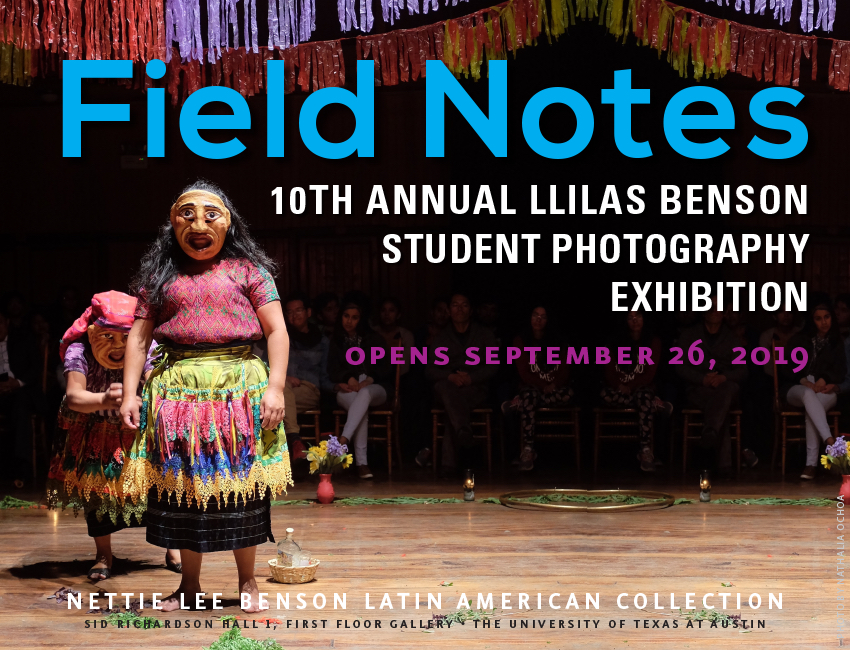
Through her research with Mexican migrants in Austin, prize-winner Maribel Bello created the Facebook page Rancho Querido, which she calls “an emotional-visual-exchange bridge” for sharing of images showing everyday activities in Mexico. Her winning photo shows children playing hide-and-seek. Bello is a master’s student in Latin American Studies at the Teresa Lozano Long Institute of Latin American Studies (LLILAS).
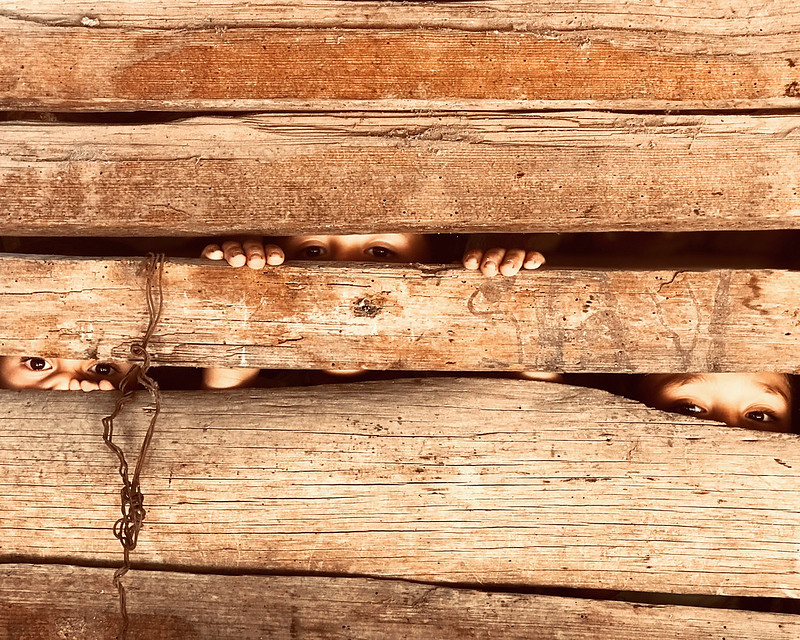
In his untitled prize-winning photo (below), Arisbel López Andraca, a PhD student in the Department of Spanish and Portuguese, depicts a religious procession in Havana, Cuba. López has been researching the visuality of “daily religious practices” in the streets of Havana, noting the considerable increase in the circulation of “dressed dolls” or “spiritual dolls” as representations of orichas, spiritual entities, or eggungun.

LLILAS PhD candidate Ricardo Velasco looks at “cultural initiatives for memory and reconciliation in the context of Colombia’s current transitional justice conjuncture.” He conducted ethnographic research in Comuna 13, he says, to inquire about “how youth visual culture has contributed to the transformation of what once was one of the urban epicenters of Colombia’s armed conflict.”
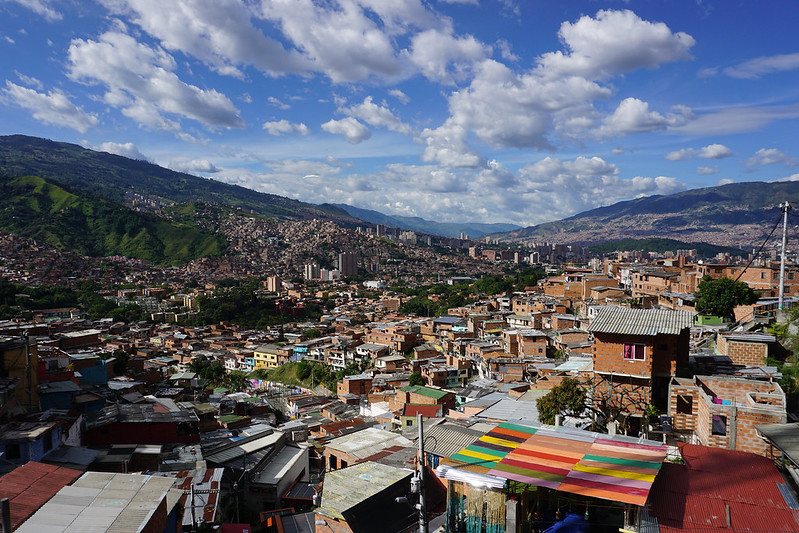
Pablo Millalen Lepin, a LLILAS PhD student, studies public policies toward indigenous people in his native Chile. His photo reflects the meaning of ranching and livestock ownership for Indigenous Mapuche families, for whom “the possession of an animal can be interpreted as part of the local economy, and/or the promise of future work, principally in the area of agriculture.”

To see and enjoy all of the photographs, visit the exhibition in the first-floor corridor of the Benson Latin American Collection during library hours. Exhibition runs through December 2019.
Feature image, top, taken in Boyacá, Colombia, by Sofia Mock, undergraduate in Plan II.

